8 lesser-known castles of Scotland
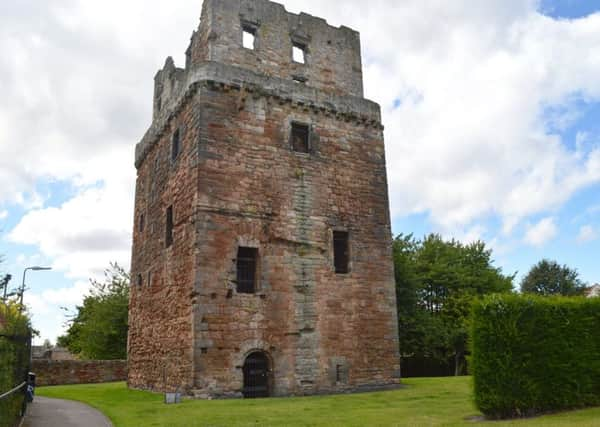

David Weinczok, aka The Castle Hunter, has produced a collection of short films of the sites which often have their powerful histories overlooked.
The project has been completed with funding from the Castle Studies Trust and in association with archaeology project Dig It!
Advertisement
Hide AdJeremy Cunnington, chair of trustees at the Castle Studies Trust, said: “The Castle Studies Trust is delighted to have funded these videos as it raises these important (but not well enough known) castles.
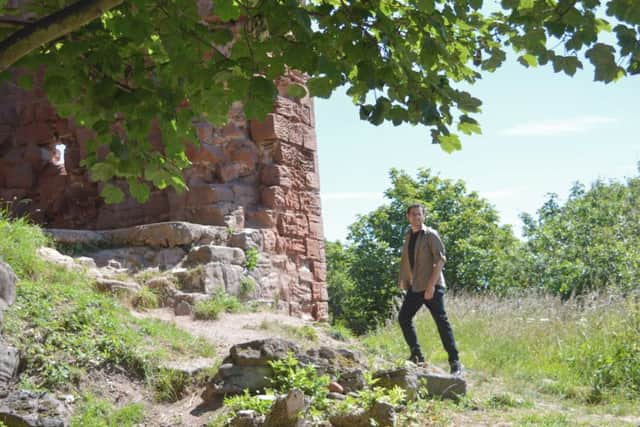

“The videos will hopefully encourage visitors to these sites and show how these - and all the other castles in Scotland – play an important part in Scottish history and heritage.”
The short films will be available of the Dig It! You Tube channel.
Here we look at the eight castles featured in the series.
1.Borthwick Castle, near Gorebridge, Midlothian
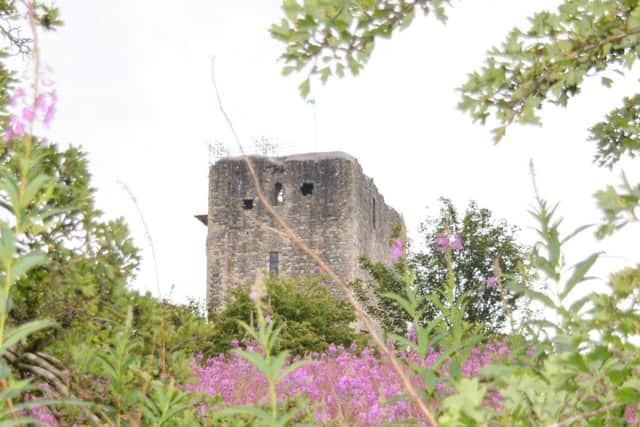

Mary Queen of Scots fled from Borthwick Castle on horseback dressed as a page as pressure mounted following the murder of her second husband, Lord Darnley.
In June 1567, four months after his death, she sought refuge at the stronghold with new husband Lord Bothwell.
The couple had been married for less than a month when they arrived at Borthwick with Bothwell then the chief suspect in the murder.
Advertisement
Hide AdFollowing their arrival, a 1,000-strong army surrounded the castle along with a number of nobles to seize Bothwell. He got wind of the approach and escaped from the castle to raise his own troops in Edinburgh.
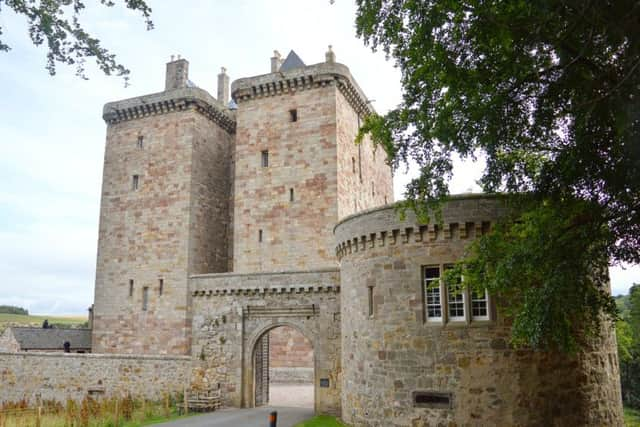

Mary later escaped through a narrow window in the castle’s Great Hall wearing her disguise.
Advertisement
Hide AdThe Castle was built in 1430 by the Nobleman Sir William de Borthwick. He had volunteered as a substitute hostage in the ransom of James I of Scotland in 1425, and was given special licence to build the castle.
2. Crichton Castle, Midlothian
The castle is perhaps most famous for its links with William Crichton, who organised the Black Dinner at Edinburgh Castle and invited his Douglas rivals for a night of refreshment and entertainment before killing them both.
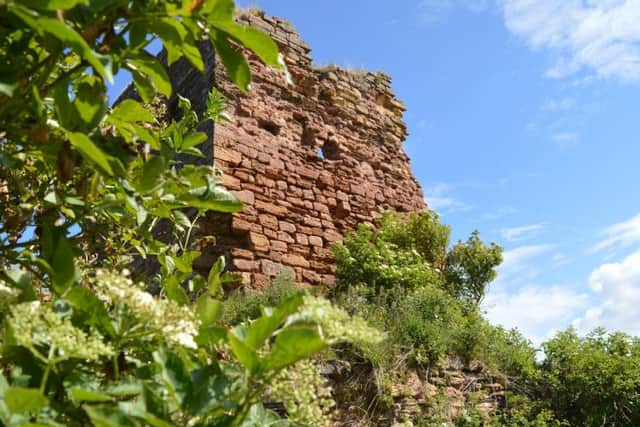

Crichton, sheriff of Edinburgh, Keeper of Edinburgh Castle and Chancellor Of Scotland, had his stronghold severely hammered as a result but the noble was to repair his home - and make it bigger.
In 1479, William’s son, also William Crichton, had an affair with the sister of James III, who had their child.
The King was further displeased when allegations were made in 1484 that Crichton was plotting against him and the family’s titles and possessions were forfeited.
3. Preston Tower, Prestonpans, East Lothian
Built in the mid-15th century by the powerful Hamilton family, Preston Tower was twice set on fire by the English.
Advertisement
Hide AdIn 1544, it was attacked and burnt on behalf of Henry VIII during the Rough Wooing and in 1650 it was targeted by Oliver Cromwell’s forces after their victory at the Second Battle of Dunbar.
After the first fire, a two story Jacobean house was built on top of the four storey tower. This was a rare move by a family keen to upgrade their home and is indeed believed to be unique in Scotland.
Advertisement
Hide AdIn September 1745 the Battle of Prestonpans was fought to the immediate east of the Tower with the defeated Government troops retreating past the castle in defeat.
4. MacDuff Castle, Wemyss, Fife
The castle was probably constructed near the end of the 14th Century but it holds an enduring association with Macduff, Thane of Fife, who flourished 300 years earlier.
This ruined stronghold is made up of a collection of crumbling towers, turrets and walls with the north side of the building now completely demolished.
It is said that Edward I ordered the castle to be destroyed after Sir Michael Wemyss changed sides during the Wars of Independence and lent his support to Robert the Bruce.
The Wemyss family moved to nearby Wemyss Castle with MacDuff expanded by new owners over time. It was deserted in the mid-17th Century with the sandstone stronghold left to crumble since then.
5. Ravenscraig Castle, near Kirkcaldy, Fife
James II acquired the lands of Ravenscraig Castle in 1460 and immediately set up creating a residence for his wife, Queen Mary of Gueldres.
Advertisement
Hide AdThe king died just months later after being killed by one of his own guns.
Mary pressed on with the castle’s construction and staff moved there in 1461 for 25 days, according to Historic Environment Scotland.
Advertisement
Hide AdBut she died in 1461, having never seen her castle finished.
Mary’s son, James III, granted the incomplete castle to William Sinclair in 1470, who was made earl of Caithness for resigning the earldom of Orkney and lordship of Shetland.
It was transformed with defence at the forefront of its function with a gun platform added in the mid-1500s over what would have been the great hall.
The castle is protected by 3.5m-thick walls and gun holes and may have been designed this way to help defend the Firth of Forth from English invasion, according to HES.
6. Seafield Tower, near Kirkcaldy, Fife
Only part of this 16th Century stronghold remains with a large part of the tower collapsing in a storm in 2013.
Built by the Multrare family, the tower allowed quick access between Edinburgh and Seafield over the Firth of Forth.
Advertisement
Hide AdStanding over five storeys, a great hall spanned the first floor and by the late 18th Century the castle included a brewhouse, bakehouse and stables, according to accounts.
James Law, the Archbishop of Glasgow bought the castle in 1631 but died shortly after the purchase. After a spell in the hands of the Methven family, it was abandoned in the early part of the 18th Century.
7. Dundonald Castle in South Ayrshire
Advertisement
Hide AdDundonald Castle was the preferred retreat of Robert II, the first of the Stuart kings, during the 14th century.
Archaeologists have been at work at Dundonald this year after a geophysical survey showed a “high chance” of previously unknown structural remains at the castle site, which sits high on a hill overlooking Dundonald village.
It is believed these remains could be linked to a grand 13th century stronghold which was deliberately destroyed during the Wars of Independence in an attempt to stop English forces gaining a foothold in the area.
8. Neidpath Castle, near Peebles, Scottish Borders
Overlooking the River Tweed near Peebles, the castle was likely founded by Sir Gilbert Fraser in about 1190 whose grandson, Simon the Second, was executed alongside Sir William Wallace in 1307.
The barony was passed to the Hay family with it later ending up in the hands of the Duke of Queensberry, the Earl of March and then the Wemyss family, who have owned Neidpath since 1810.
Neidpath withstood Cromwell’s forces longer than any other castle in the South of Scotland but it eventually succumbed to the onslaught.
It broadly fell into ruin, despite some repairs. Only the main block and south range still have a roof.